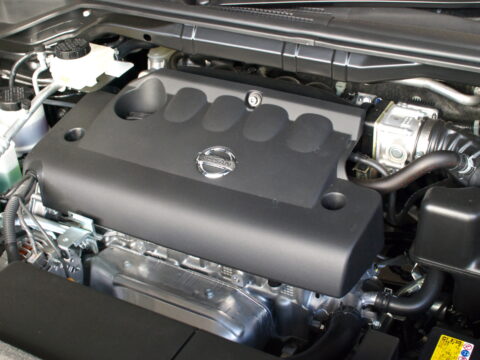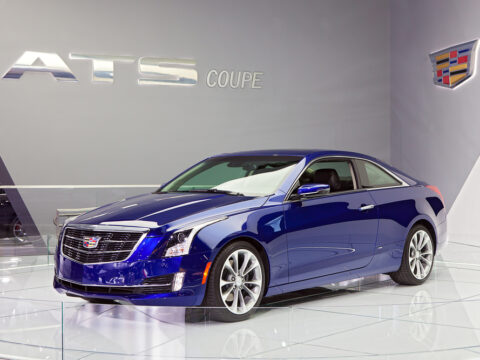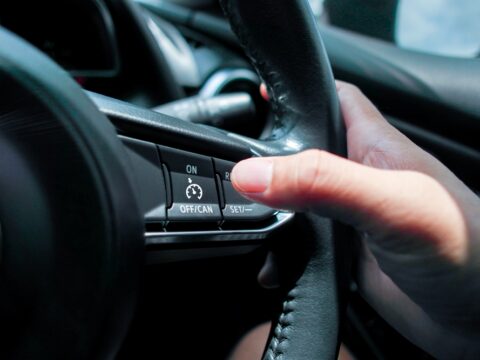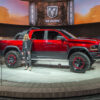All hail safety! Nowadays, tech features like backup cameras and lane-keeping assist are commonplace in newer cars, but did you know that mandatory airbag regulations in the United States didn’t go into effect until 1998? Seatbelts? Optional before 1969.
Advancements in auto safety have saved millions of lives — and helped sell millions of cars. Crash tests and safety ratings from organizations like the National Highway Traffic Safety Administration (NHTSA) and Insurance Institute for Highway Safety (IIHS) ensure that new vehicles uphold safety standards, and favorable ratings are also good selling points for car buyers.
Here, we’ll profile some of the automakers who achieved vehicle safety firsts and those who strive to make their cars death-proof in the event of an accident. These are history’s safest cars.
Contents
1959 Volvo PV544: the first car with a three-point seatbelt

Of course, it was Volvo, long considered one of the safest cars on the road to be the first to sell a car with a three-point seatbelt. On August 13, 1959, the Volvo PV544 introduced the evolved safety precaution: the three-point seatbelt.
Volvo’s new and improved seatbelt was an in-house development. Before working for the Swedish auto brand, Nils Bohlin was an aeronautical engineer and surmised that anchoring the belt at three points and strapping it across the torso rather than just the lap would prevent ejection from the vehicle in a serious accident. It would take a few years, but eventually, other car makers warmed up to Bohlin’s innovative design.
The 1974 Oldsmobile Toronado offers airbags
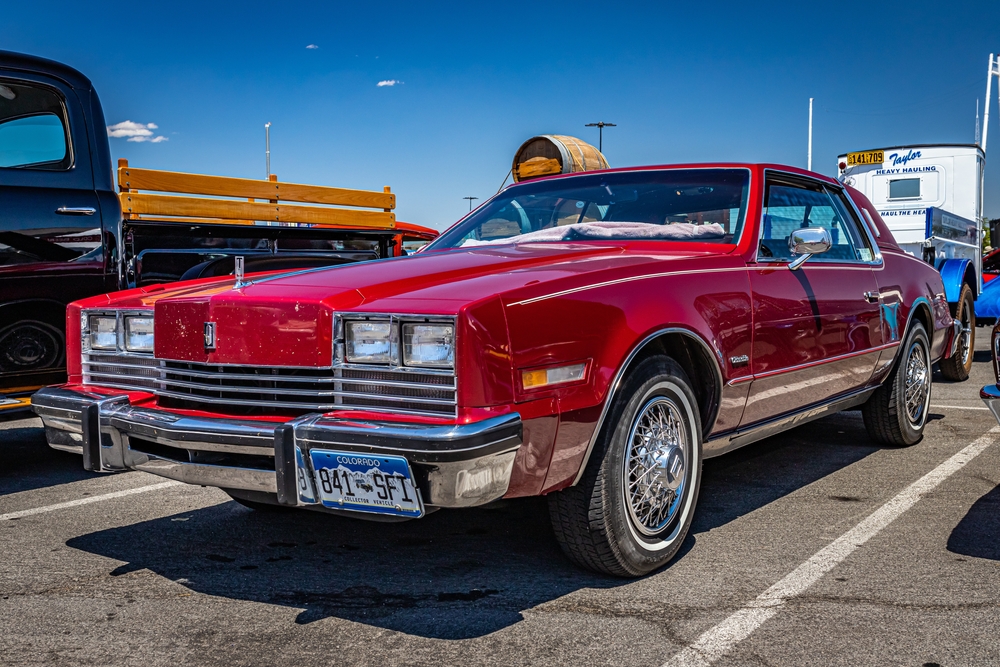
In the early 1970s, airbag-equipped vehicles were a government operation. The first cars to come with airbags was a fleet of Chevrolet Impalas purchased from GM by—spoiler alert—the US government. By ‘73, Oldsmobile had bigger ideas and sold their massive two-door 1974 Toronado with frontal airbags as a safety upgrade, but customers weren’t feeling it.
Airbags were initially touted as an alternative to seatbelts (it was the 70s), but people remained suspicious, wondering if the force with which airbags deployed did more harm than good. In 1998, front airbags and seatbelts became legally required equipment in all cars. Since then, airbag technology has continued to grow by leaps and bounds, but Toronado forged the path.
Subaru Envisions a Safer Future
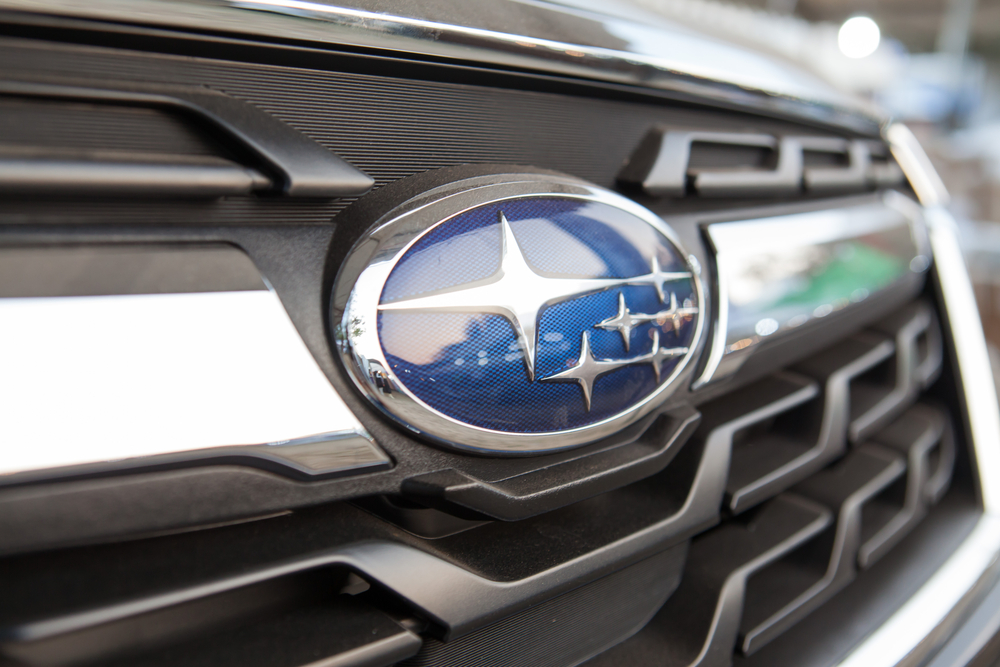
Japanese mainstay Subaru is serious about holding itself to the highest safety standards. In 2016, they upped the ante on EyeSight, their driver assistance package, by collaborating with tech titan IBM. Before this partnership, Subaru’s with EyeSight—Subaru’s camera-based collision avoidance system—lowered their crash statistics by 50%.
But the company’s goals are even loftier. Subaru aims for a 0% fatality rate in all its vehicles by 2030. They are serious about this. In December 2020, Subaru opened its Subaru Lab in Shibuya, Japan, to give EyeSight AI capabilities. These AI functions—will focus on perfecting features like road condition recognition and advanced obstacle detection.
Volvo’s second act: XC60 is named the safest vehicle in the world

Well, unless you count the Popemobile—which we don’t. Remember what we said about crash test ratings influencing a vehicle’s marketability? That was the case in 2017 when Volvo’s midsize SUV, the XC60, scored nearly 100% in some EURO NCAP crash tests.
EURO NCAP (short for European New Car Assessment Program) is the equivalent of America’s NHTSA. They conduct many tests to determine the safety of adults, children, and pedestrians who encounter the vehicle—plus an evaluation of its safety-based technology. Whiplash-preventing seatbelts (we see you Nils) and standard autonomous emergency braking were some of the cutting-edge features that contributed to the then $40,000 SUV earning one of the highest EURO NCAP ratings ever.
Genesis’ safety ratings are electrifying
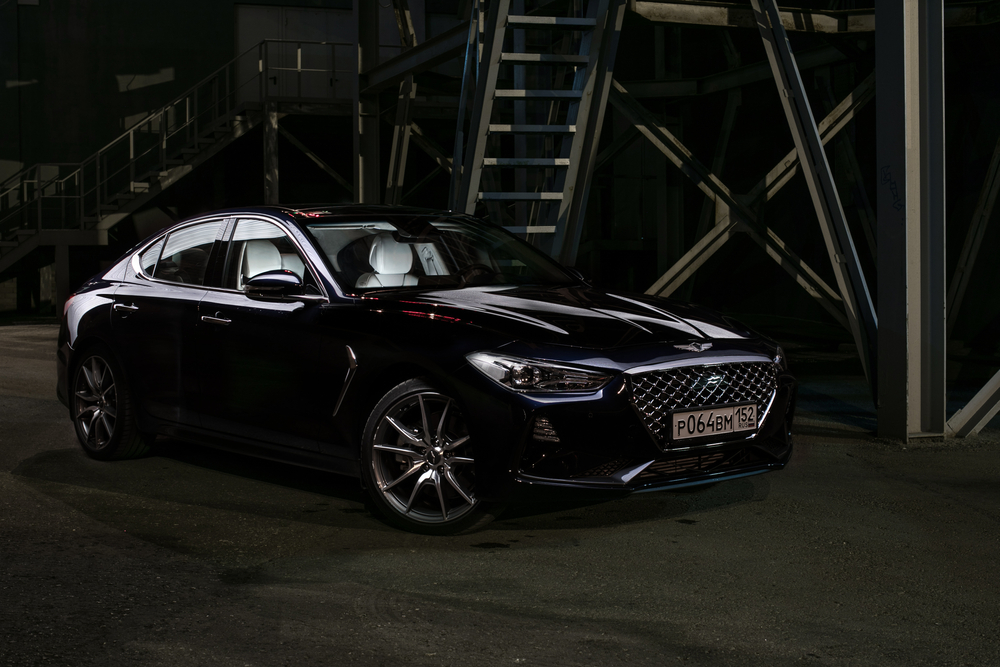
South Korea’s luxury brand Genesis is still new to the automotive scene (2017 was their debut model year), but rankings have consistently been high. All six Genesis gas-powered models and the Electrified G80 earned the coveted TOP SAFETY PICK PLUS designation from IIHS in 2022—a feat no manufacturer can claim.
Genesis stands out for their decision to include a full safety tech suite as standard equipment across all models, consisting of a range of passive and active driver assist functions. There are also frontal center airbags. True, prices for a 2023 Genesis start at just over $40,000, but unlike just about every other vehicle, you don’t have to splurge on upgrades to benefit from Genesis’ advanced safety features.
This article originally appeared on MyCarMakesNoise.
More from MyCarMakesNoise
Cruising the World: Exploring the Best International Motorcycle Routes

These iconic roads stretch from the verdant slopes of Italy’s Amalfi Coast to the dramatic peaks of the Karakoram Highway in China and Pakistan, offering not just a ride but an adventure of a lifetime. Read More.
Muscle Up Your Ride: 10 Tips to Enhance Your Muscle Car

Let’s review 10 ways to mod your muscle car to perform to your standards. Read More.
Summer Lovin’: The Best Cars to Take on Your Next Road Trip

From convertible sports cars that let you bask in the summer sun to spacious SUVs and minivans offering room for family, friends, and luggage, we’ve compiled a list that caters to every need and desire. Read More.

